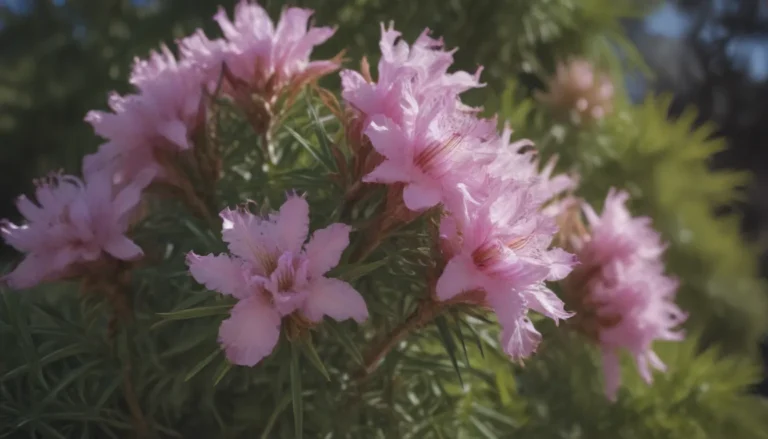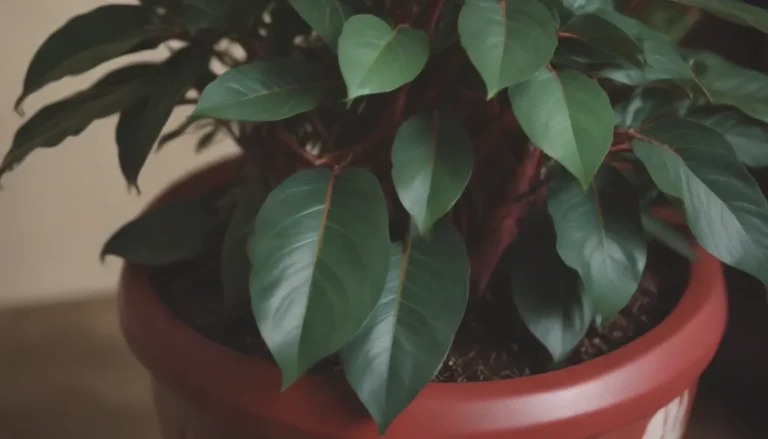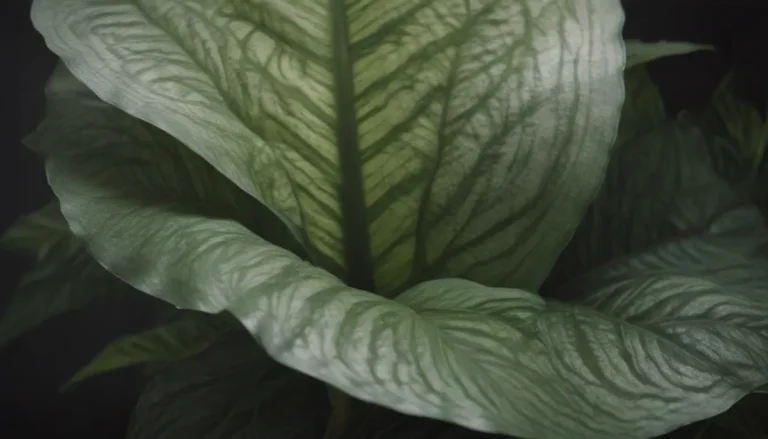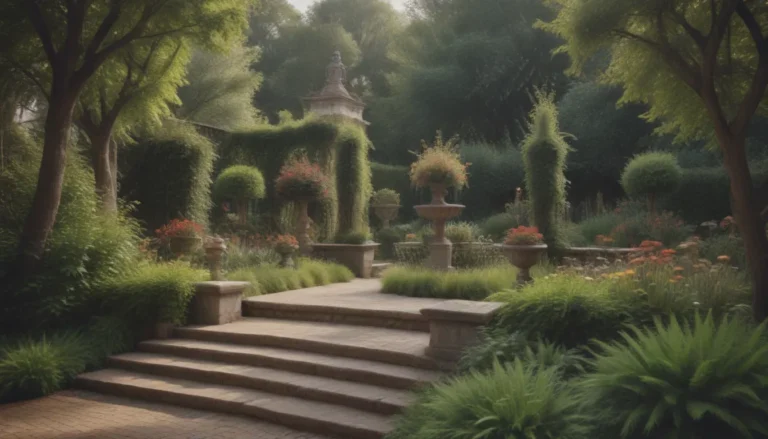Everything You Need to Know About Loam Soil
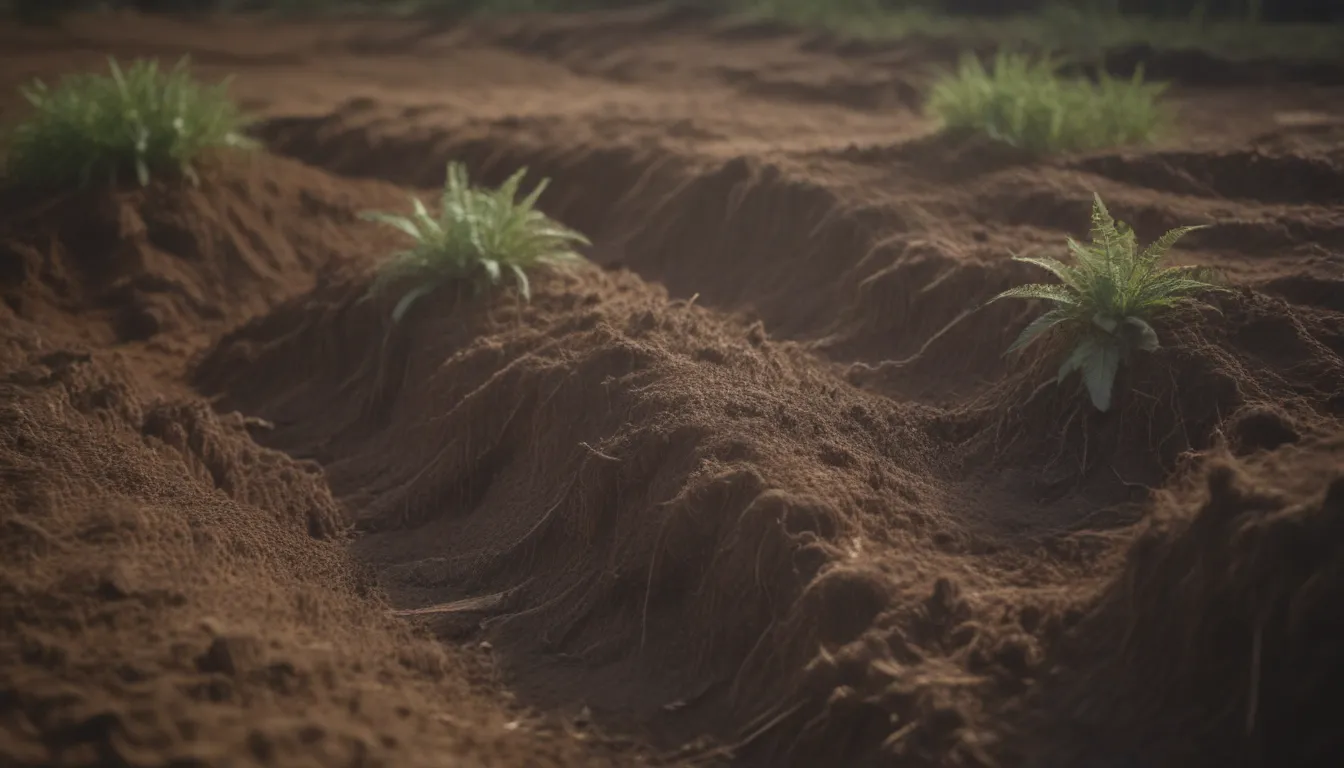
Have you ever wondered what exactly loam soil is and why it’s so highly regarded in gardening and farming? Loam soil is the ultimate trifecta of soil types, combining sand, silt, and clay to create a nutrient-rich, well-draining medium that is ideal for a wide variety of plants. In this comprehensive guide, we will delve into the world of loam soil, exploring its composition, benefits, how to create it, and much more. Get ready to become a loam soil expert!
Unraveling the Mysteries of Loam Soil
Loam soil is a type of soil that is a mixture of sand, silt, and clay. This unique combination allows it to hold nutrients effectively, retain moisture for plant roots to access, and drain excess water efficiently. Without quality soil like loam, plants can struggle to survive and may require additional feeding and watering. A healthy soil foundation is essential for successful gardening and planting endeavors.
Benefits of Embracing Loam Soil
Gardeners, farmers, and homeowners alike desire loam soil for its numerous benefits when it comes to cultivating crops, fruits, flowers, trees, and more. Here are some of the key advantages of using loam soil in your garden:
- Air circulation: Loam soil’s texture allows for optimal air circulation around plant roots, promoting healthy growth.
- Moisture retention: The combination of sand, silt, and clay in loam soil enables it to retain moisture, providing plant roots with consistent hydration.
- Fast-spreading roots: With loam soil, roots can spread easily and quickly to access nutrients, leading to robust plant development.
- Drainage: Loam soil drains excess water effectively, preventing waterlogging and the potential rotting of plant roots.
Unlocking the Secrets of Loam Soil Composition
Loam soil consists of three main components: sand, silt, and clay. Each component plays a crucial role in the overall structure and functionality of loam soil. Here’s a closer look at the composition of loam soil:
- Sand: Sand particles are the largest component in loam soil. While sand does not hold moisture well, it provides excellent aeration and drainage.
- Silt: Silt is a medium-sized particle that drains water at an average pace. It helps the soil retain moisture and facilitates the mixture of sand and clay.
- Clay: Clay particles are smaller and hold more nutrients than sand and silt. While clay can be compacted easily, it enriches the soil with essential nutrients for plant growth.
Exploring Different Types of Loam Soil
Loam soil can be classified into several subgroups based on the predominant component in the mixture, including sandy loam, silt loam, clay loam, and silty clay loam. By adjusting the proportion of sand, silt, and clay, you can tailor loam soil to suit the specific needs of your plants.
Cultivating Loam Soil for Your Garden
Creating loam soil is a gradual process that requires patience and dedication. By combining topsoil with organic matter, you can enhance the quality of your soil and provide a nutrient-rich environment for your plants to thrive. Here are some tips on how to create loam soil for your garden:
- Test your soil for pH level, nutrients, and organic matter content.
- Add lime, fertilizer, and organic matter to achieve the ideal ratio for your plants.
- Incorporate organic materials like shredded leaves, straw, and compost to improve soil texture and fertility.
Remember, creating loam soil is an ongoing process that involves incorporating organic matter regularly and adjusting the soil composition as needed to support plant growth.
Navigating the World of Bulk Soil Purchases
While you may come across companies selling “loam soil,” it’s important to understand that loam soil is a texture rather than a standalone product. Buying soil in bulk can be convenient, but it’s essential to ensure that the soil meets your garden’s specific needs. Avoid using “fill dirt” from excavation sites for gardening purposes, as it may not provide the ideal environment for plant growth.
When purchasing soil or other bulk garden materials, choose reputable suppliers who prioritize quality and transparency. By asking questions and being informed about the products you’re buying, you can make the best decision for your garden’s health and vitality.
Demystifying Loam Soil Myths
There are misconceptions surrounding loam soil and its composition. Here are some common myths debunked:
- Loam vs. potting soil: While loam soil comprises sand, silt, clay, and organic materials, potting soil is made up of peat moss, perlite, vermiculite, and nutrients.
- Testing for loamy soil: To identify loam soil, grab a fistful of soil and form a ball in your hand. It should hold its shape but crumble easily when pressed.
Elevating Your Gardening Game with Loam Soil
In conclusion, loam soil is a gardener’s best friend, offering a balanced combination of sand, silt, and clay that promotes healthy plant growth. By understanding the composition, benefits, and cultivation methods of loam soil, you can create a thriving garden filled with lush, vibrant plants.
Remember, the journey to creating loam soil may take time and effort, but the rewards of a flourishing garden are well worth it. With the right knowledge and techniques, you can harness the power of loam soil to transform your garden into a vibrant oasis of beauty and abundance. Happy gardening!
